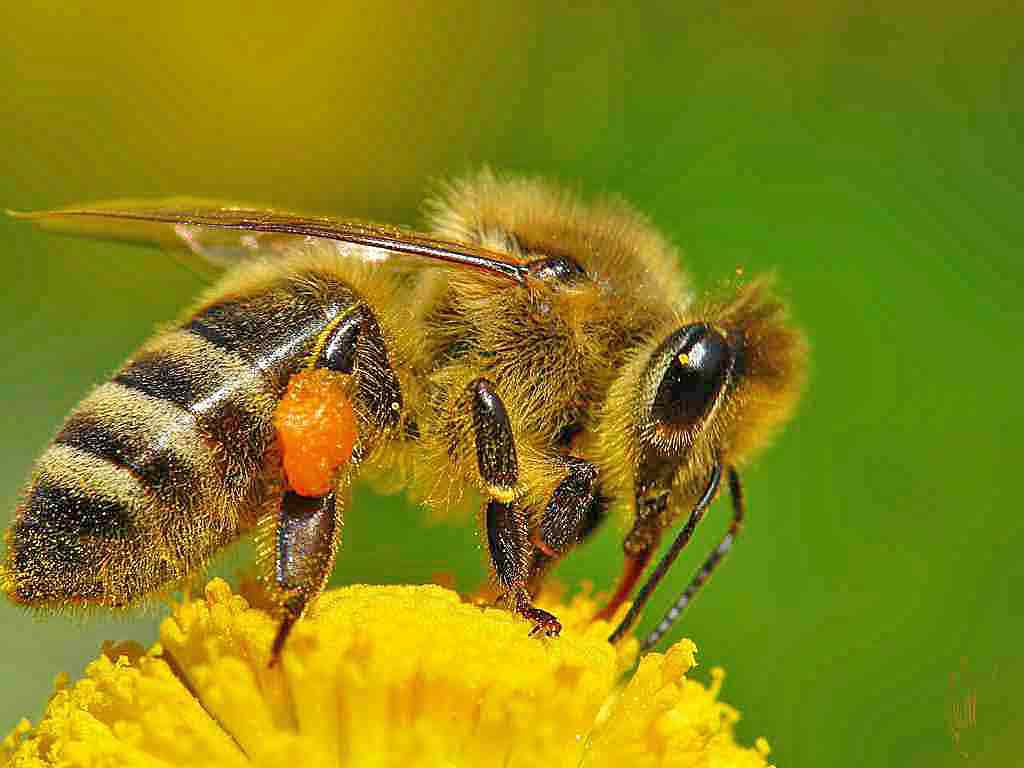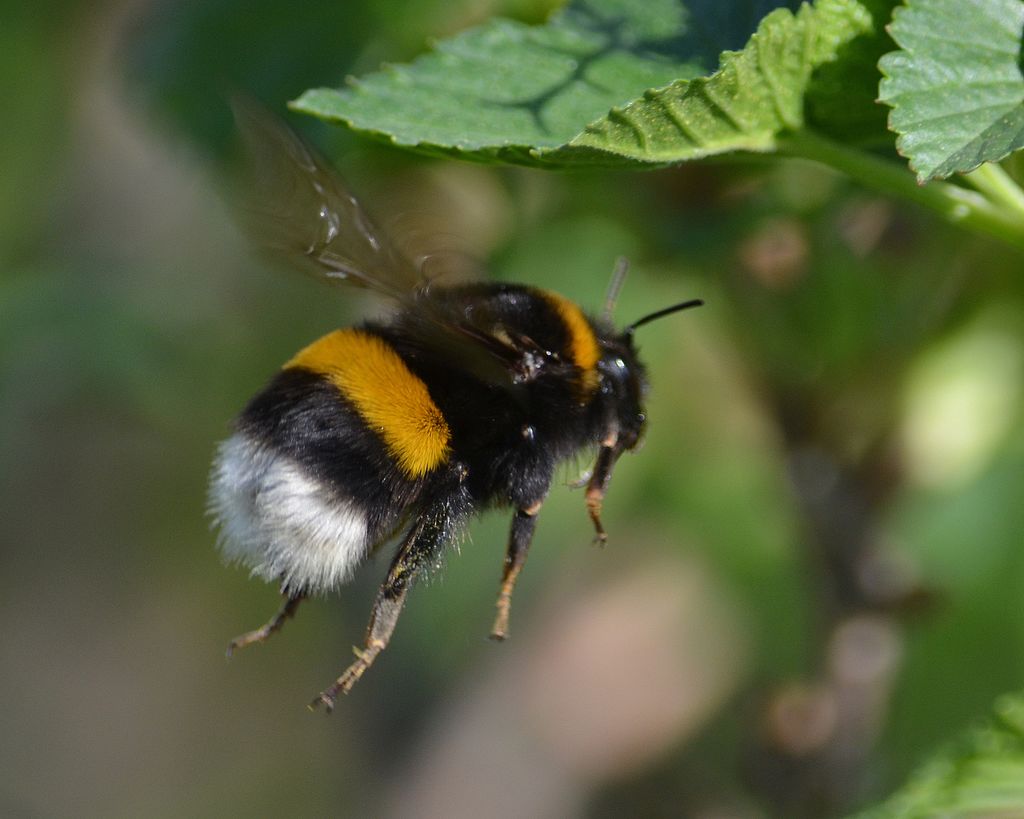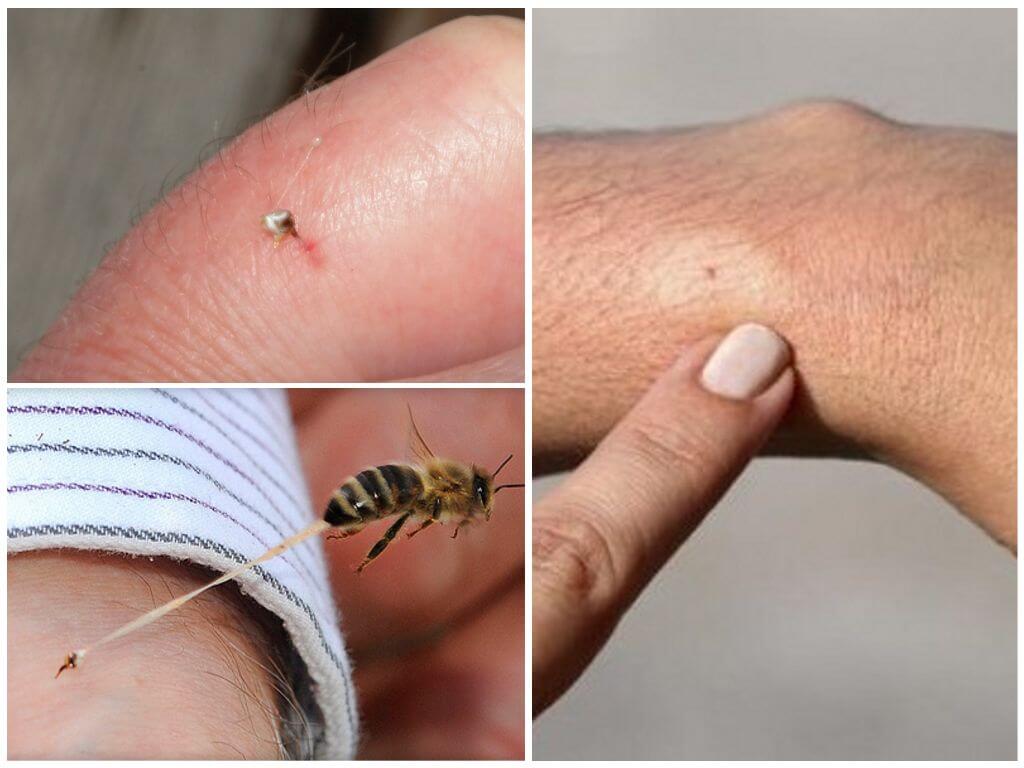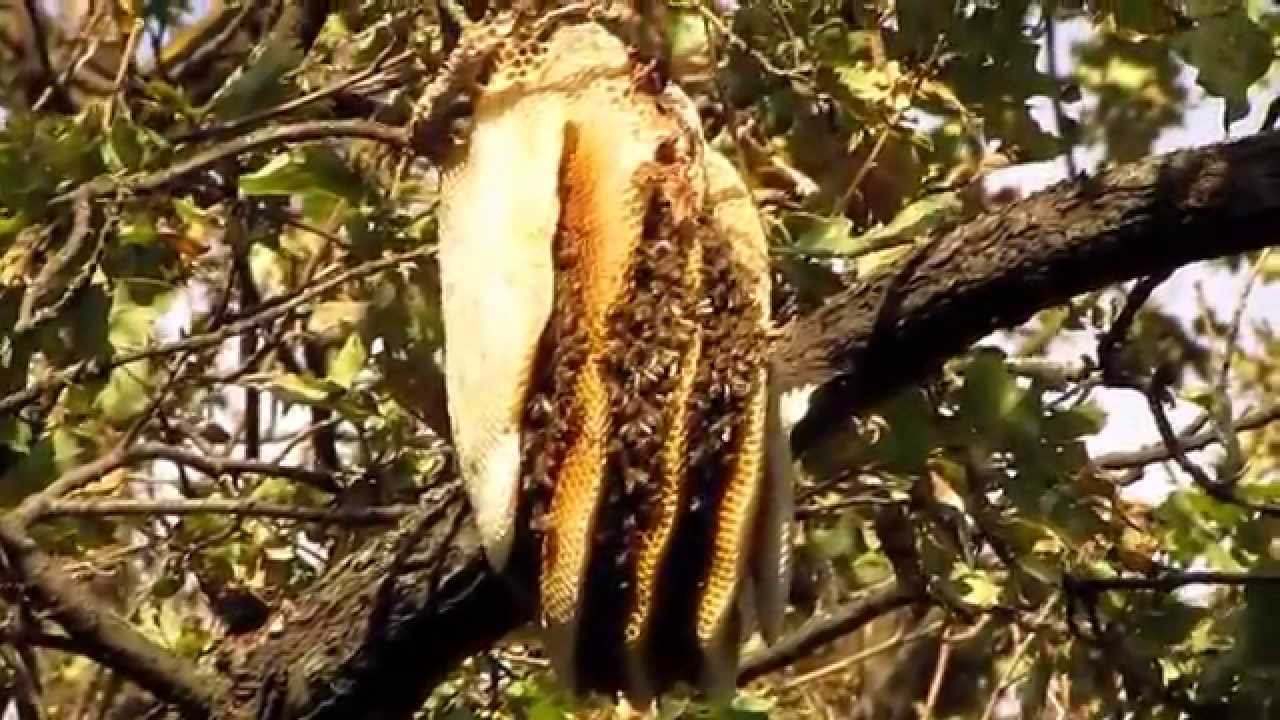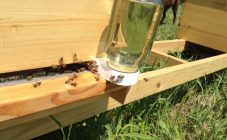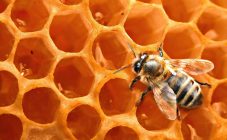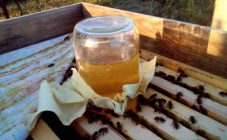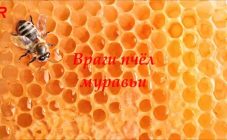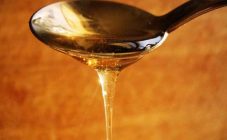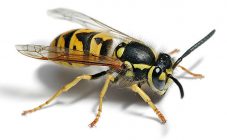Content:
Wild bees are one of the oldest insects on the planet. They play an important role in the ecosystem as they pollinate the plants. Due to urbanization, their numbers have sharply declined, and if the rate of extinction of wild bees does not slow down, then by 2035 they will completely disappear.
How do they look
How wild bees differ from swarms that have recently flown away from their owners:
- The coloration of wild individuals is not as elegant as that of human-bred breeds. It depends on the climate and habitat of the population. The abdomen is colored in dark muted tones from light gray to black. The stripes are almost invisible. Modest coloration attracts less predators - hornets or birds.
- They have a dense shell on the chest. Very thick hair does not freeze in cold weather. Very hardy, rarely get sick.
- They are distinguished by their aggressiveness. If you disturb them, they attack with the whole swarm.
- Forest bees are usually small, about 3 mm in size, very fast and fussy.
- They are distinguished by high efficiency. In winter, a swarm of bees can die only from hunger, so large food reserves are the key to a safe wintering.
Where live
Until recently, they could be found in almost any forest. Nowadays, there are fewer and fewer habitats for these major pollinators of wild flowers and plants. It is not surprising that sometimes bees choose a place to build a nest next to a person's dwelling.
Bees in nature live where it is convenient for them, and not for humans. Roy settles in a hollow, a crevice of a rock, in the attics of houses.
Earth bees dig deep holes connected by tunnels into one large hive. Their underground cities can be found within the walls of sandy cliffs and abandoned animal burrows.
Forest bees prefer to set up their home in a quiet corner of the forest, choosing hollow trees - linden, oak or maple. Sometimes nests are created directly on the strong branches of large trees.
The place is chosen shady, protected from the wind. There must be a reservoir nearby and a lot of melliferous plants. They can fly for a bribe to a distance of 15 kilometers, and develop a flight speed of up to 70 km / h.
Where virgin linden and maple forests have survived - sources for massive honey harvests, dark forest (Central Russian, or European dark) bees live. This subspecies of honey bee has a unique genotype. Insects are large, hardy, easily tolerates cold wintering.
Kinds
Among the 21,000 species described by scientists, representatives of the bee family are real - the most important plant pollinators and honey suppliers. These include:
- honey bees;
- bumblebees;
- pitiless melipones.
Most of them are social bees living in large families. Each bee in the family has its own position and performs certain functions:
- the youngest feed the uterus by excreting royal jelly;
- after 10 days, they begin to produce wax and begin construction;
- work as scavengers for 15 days;
- the elders collect bribes.
Semi-social species with small colonies and a one-year development cycle have been studied much less.
There are species that lead a solitary lifestyle, for example, osmium. They do not produce wax and honey, but they perfectly pollinate plants.
Among the species belonging to solitary, there are parasitic insects - cretoparasites, or cuckoo bees, laying their eggs in the nests of other bees.
Where they winter
Wild bees spend the winter in their nests. Before the onset of cold weather, they thoroughly clean their house of debris, get rid of drones and seal the honeycomb with wax. To protect against dampness and cold winds, the cracks are covered with propolis.
At the end of autumn, a swarm of bees huddles in a large ball, and the lower the temperature, the more it contracts. Its outer shell consists of sedentary insects, but inside the movement is constantly. While actively moving, the central individuals create heat due to energy. The temperature inside such a coma is 35 degrees. Gradually, the bees outside move inside, warm up, becoming a source of energy for heating. Eating the stocks of honey, the swarm gradually moves up the combs, passing from one plate to another.
The main thing for a successful wintering:
- big strong family;
- sufficient supply of feed;
- no cracks in the hive;
- silence and calm atmosphere around the winter house.
The metabolism of bees slows down at this time. To survive the winter and save energy by the spring, one individual is enough from 3 to 10 mg of honey in a day and a half.
Forest bee sting
Wild bees are very irritable and aggressive, so they can bite anyone who poses a threat. An attack can even provoke noise and bad smell. Due to the special structure of the glands, when the sting is released, the secreted concentrated and very toxic poison enters the body gradually.
The bite is very painful, accompanied by edema, sometimes the temperature rises. The consequence of a bite can be an allergic reaction, expressed in shortness of breath, Quincke's edema, severe coughing. Bites pose a particular threat to allergy sufferers and children.
If bitten by a wild bee, you need to take the following measures:
- Remove the sting immediately. Squeeze out the poison until blood appears.
- Wash the bite site with alcohol or disinfectant (Miramistin, Chlorhexidine).
- Drink any medicine with antihistamine action - Suprastin, Tavegil, Fenkarol, Kestin. Apply a cold compress with an antihistamine gel.
- Drink as much liquid as possible that contains vitamin C.
If dangerous neighbors have chosen a place for their nest near the house, it is better to get rid of them.
How to find a wild hive in the forest
Bees in the forest are very rare, but knowing their habits, you can try to find their hive.
To build honeycombs, insects definitely need moisture, so the search begins no further than 2 kilometers from the water source. Seeing drinking wild bees, you can follow the direction of their flight and try to find a tree with a hollow or nest high in the branches. Usually this is an old linden or aspen. When tapped with a stick, the tree begins to "sing". A strong hum will tell you that the nest is somewhere close.
You can track the path to the hive by observing wild bees working on honey plants. Another option is to feed them honey or sugar syrup.
Another way to find a nest: in early spring, when the snow in the forest has not melted yet, but the first honey plants have already begun to bloom, hollows with a hive can be found by bee droppings in the snow.
What a forest bee nest looks like
The lower entrance is usually 5-7 meters high. The nest is most often located on the south side of the tree.
The bee family builds their own housing according to the "master plan", strictly corresponding to the size and shape of the hollow and the location of the entrance.
Bees start making their home from the bottom. 5-7 wax plates are rebuilt, and the distance between them is exactly 12.5 mm. The honeycomb is tightly attached to the side and top. They are elongated at the sides and oval at the bottom. The size depends on the number of bees in the family, place, construction time. With an increase in the family, the size of the nest increases to 2 meters in diameter. Too large a hole will be blocked by bees, and too small will be gouged.
How to tame forest bees, forest beekeeping
If you want to choose a place yourself that would please the bees, you must first prepare housing for them: hollow out the hollows in suitable trees or logs.
There are several ways to catch a swarm:
- During the swarming period in May - early June, when separated young families are looking for housing for themselves. To do this, set up special traps with baits and empty honeycombs high on a tree in a secluded place. Having caught a swarm, they take it to a new place of residence.
- In early spring, when it is easy to lose the brood during relocation, the combs are taken out of the wild hive and moved to new housing. You can get the honeycomb only after smoking the inhabitants.
- If the new house is at a distance of less than 5 km from the tree in which the hollow was, then the insects can return, so the old hollow is covered with something.
- The most time-consuming way is to cut out the hollow together with the trunk.
With the onboard breeding method, bees live in natural conditions, so they do not need to be forcibly removed from the nest.
Real side trees are very rare. This type of honey extraction on an industrial scale is now practiced only in the Bashkir reserve Shulgan-Tash. Experienced beekeepers know how to find bees in the forest and take crops without ruining the bee colony. Honey is taken only from the lower part of the board, leaving 2/3 of the bee reserves for the winter. You can take about one kilogram of honey from one family, in very rare cases - up to 10 kg.
The honey collected by burzyan bees is considered the most healing and environmentally friendly. It is harvested only once a year at the end of summer, when the honey has already stood and fully matured, and the excess moisture has evaporated. Therefore, it is dark, thick, fragrant, but slightly bitter.
Wild bees are unique insects listed in the Red Book, so it is very important to preserve their gene pool and prevent them from becoming extinct. And it's not just their role in the ecosystem, but also the honey they produce, which has amazing healing properties.
